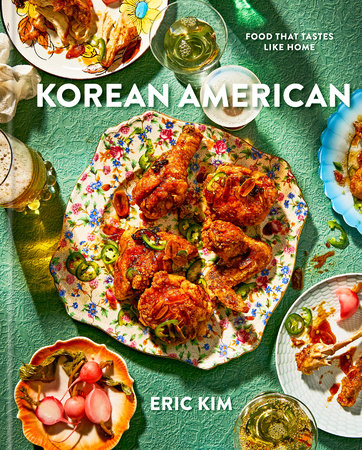Korean American
By Eric Kim
Published March 29, 2022
The Book:
Just like the title says, Eric Kim’s book is a blend of Korean and American cooking that reflects his family and childhood. The book is split into eight sections—fast foods, kimchi, stew, rice, fish, vegetables, party foods, and baked goods.
The book is beautiful. The pictures are colorful and vibrant in a way that reminds me of ’70s color photography. They make me both nostalgic and hungry. I also really like that he has people in his book—he includes old family pictures, new pictures of his mom cooking, and people eating.
The text matches the feelings of the pictures well—Kim talks about adapting his mom’s recipes and the family stories behind many of the recipes. I don’t know if there are people who buy cookbooks to look at and read, rather than to cook from, but if that’s you, I think you could enjoy this book without cooking.
The Recipes:
I cooked nine recipes from this book: gochujang buttered radish toast, creamy bucatini with roasted seaweed, gochugaru shrimp, Eric’s kimchi fried rice with egg yolk, winter squash risotto with chewy rice cakes, smashed potatoes and crudites with roasted seaweed sour cream dip, dakdoritang, and sesame-soy deviled eggs. I also made his gochujang caramel cookies because the recipe came out in the New York Times while I was cooking through the book. While the recipe isn’t in the book, they were delicious, unique, and easy to make. I may add them to my regular cookie rotation.
Was the food tasty? Definitely. Was it difficult to make? No. If you can boil and stir fry, you can take on almost any recipe in this book. The risotto and deviled eggs, especially, seem very fancy, but are actually very easy to make. Go ahead. Impress someone.
The goal of this book, the tag line says, is to make “food that tastes like home.” That home isn’t my home, but I believe that in the specific, we sometimes find the universal. We didn’t make yangnyeom roast chicken in my home growing up, but my mom did make hoisin roast chicken, which is surprisingly similar, and which, for most of my childhood, I thought was a purely American food. It turns out it was Chinese American.
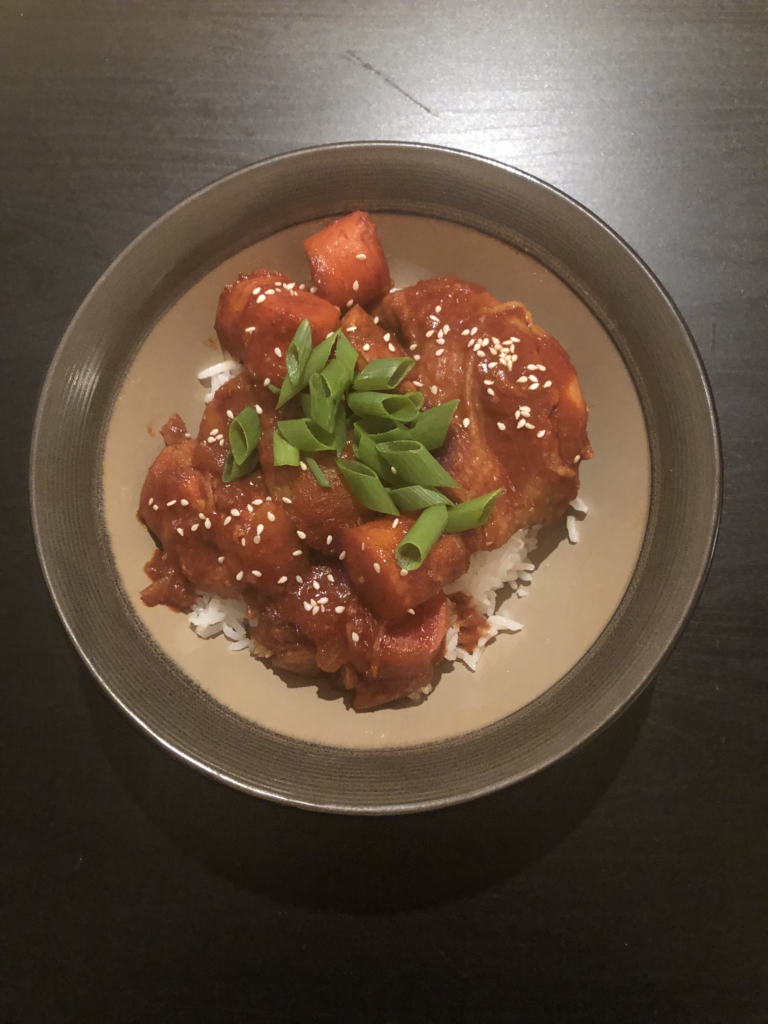
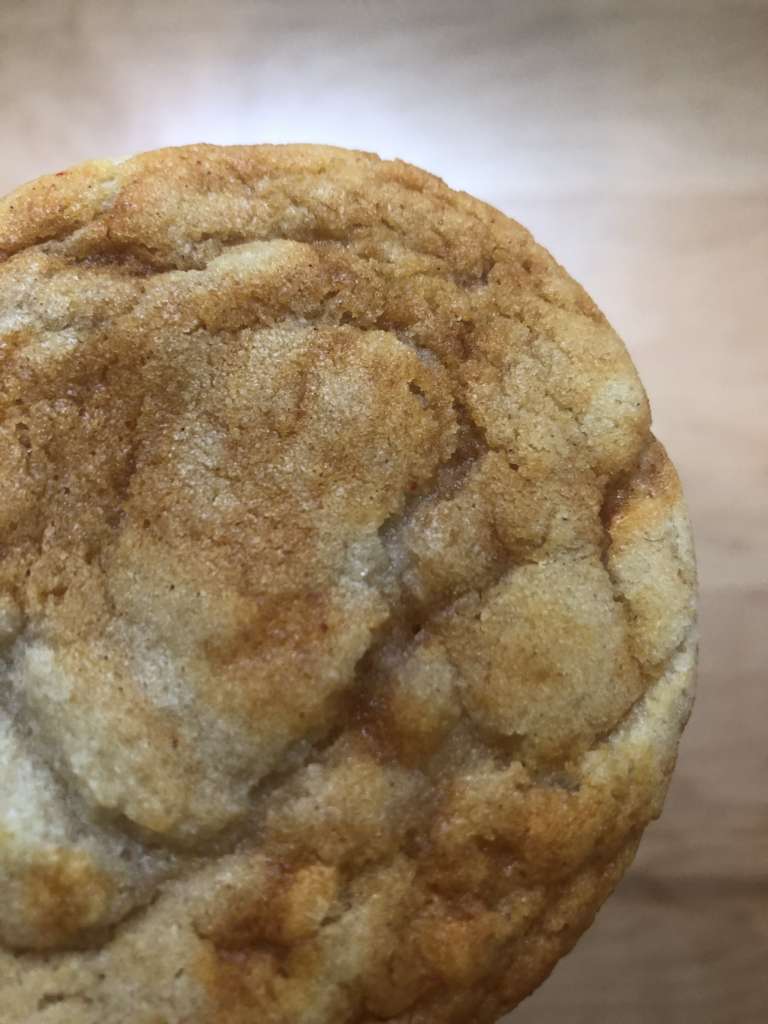
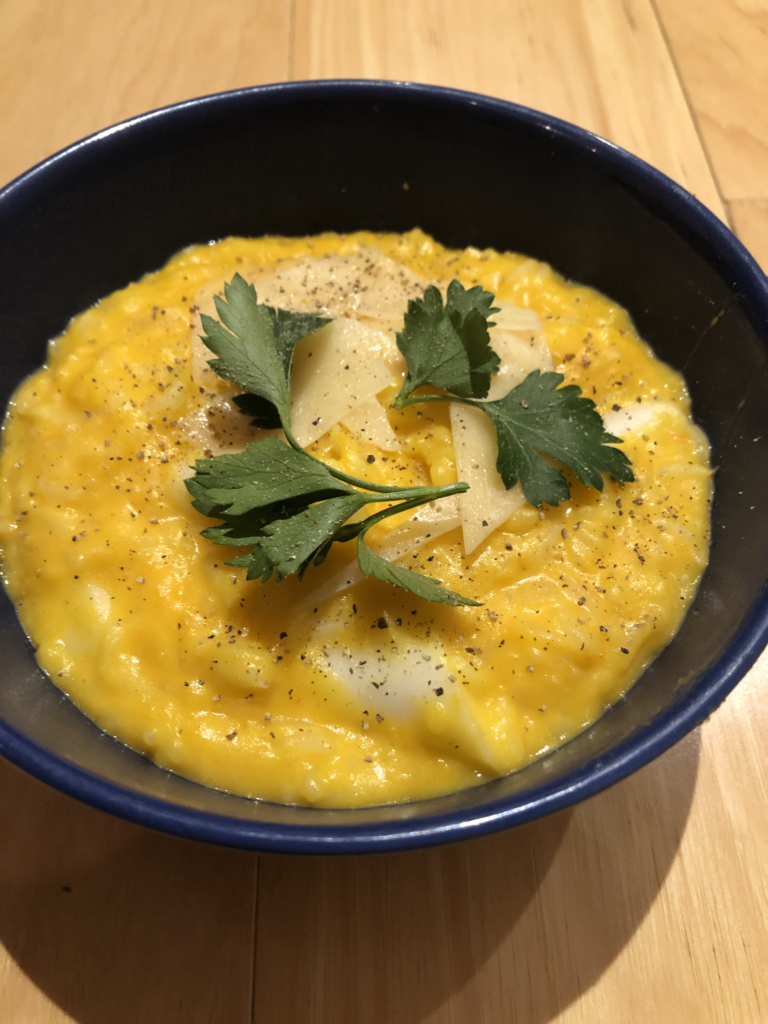
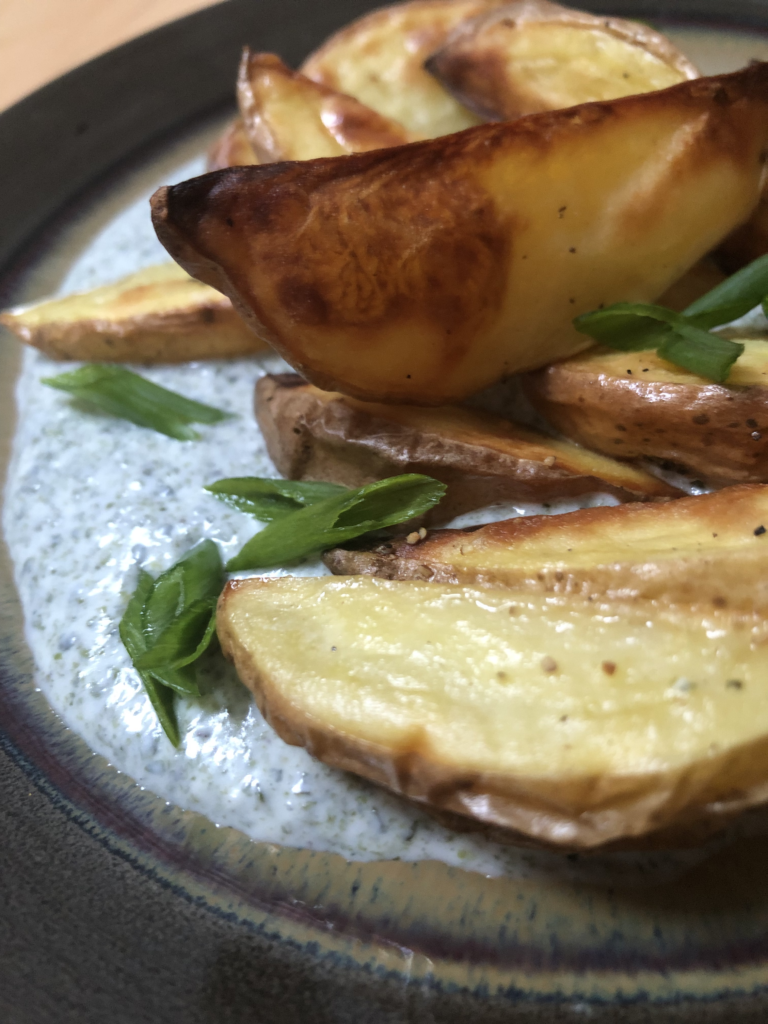
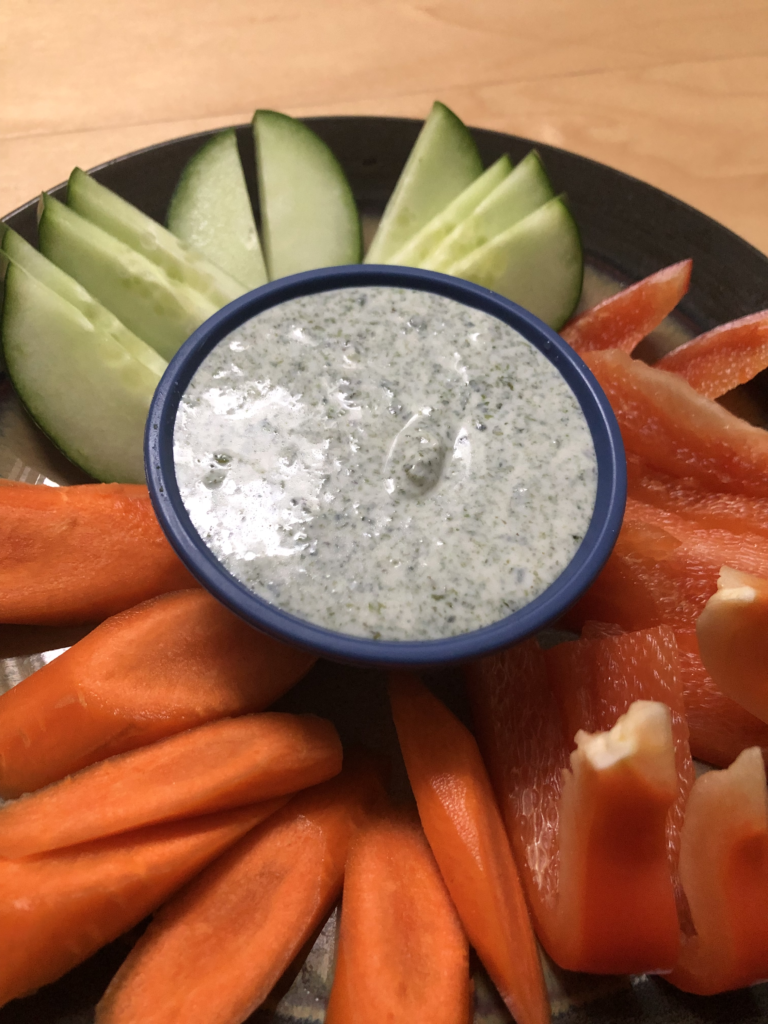
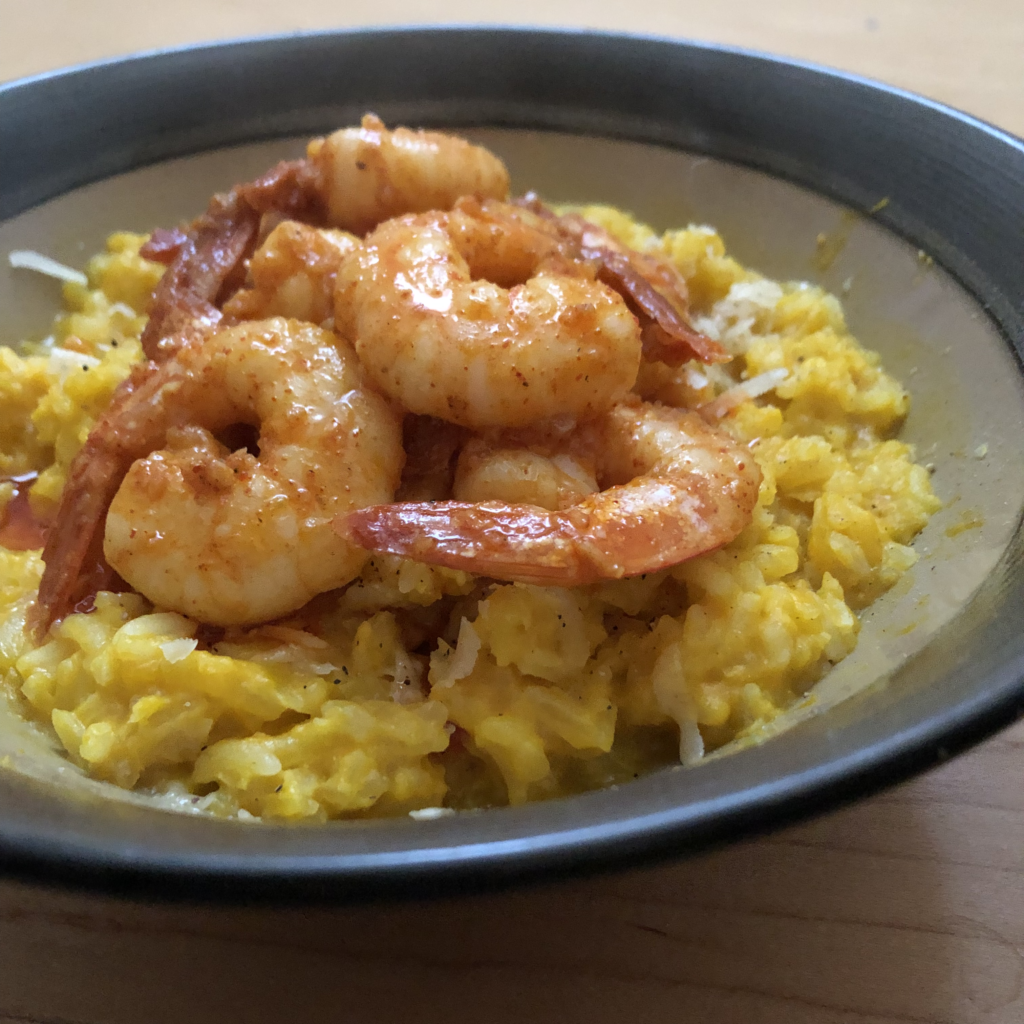
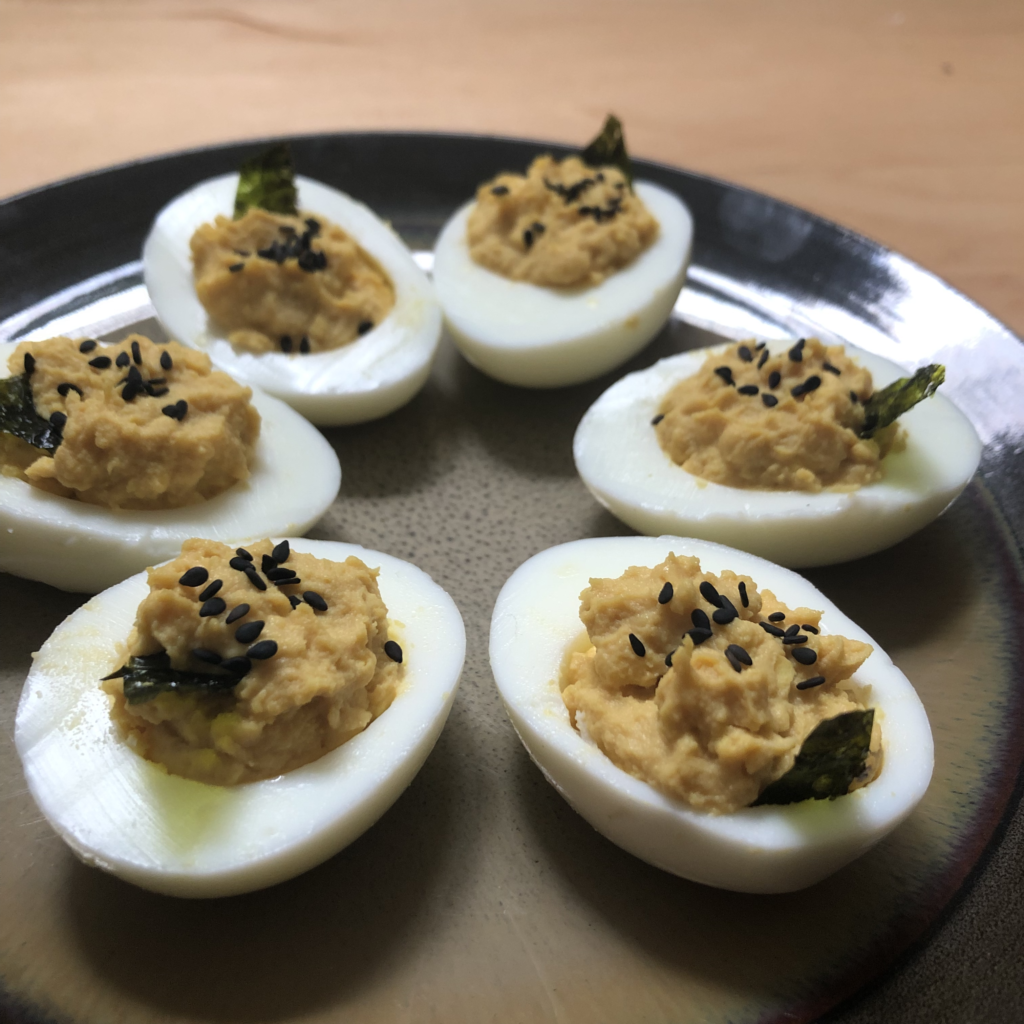
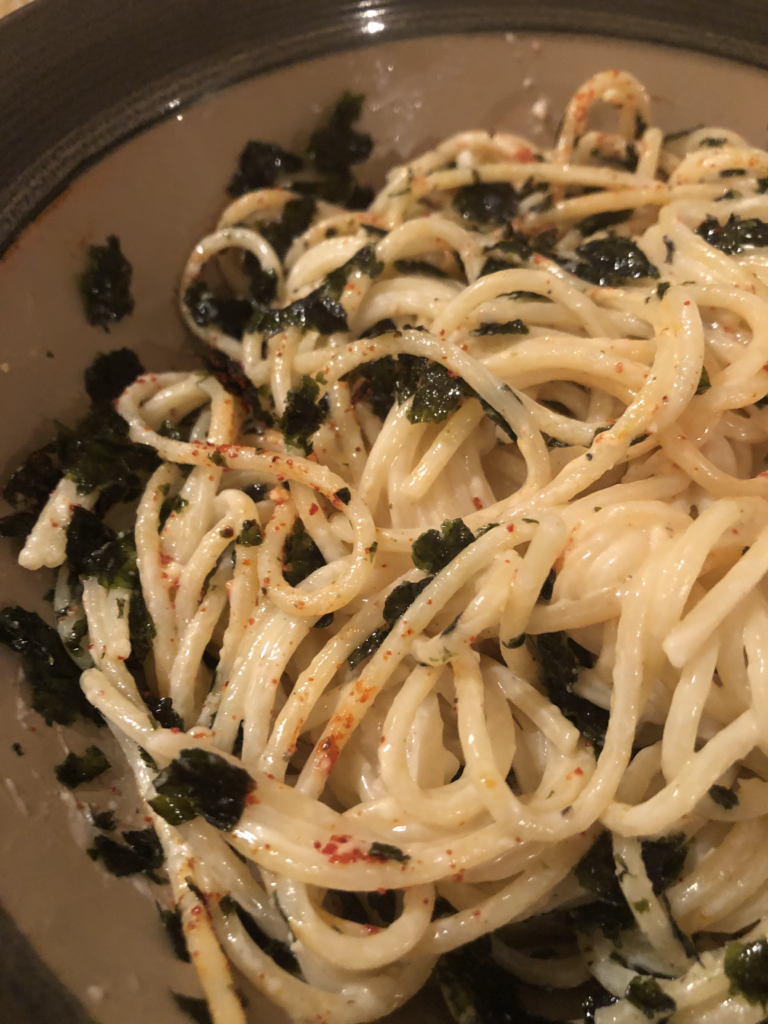
Review and photographs by Molly Higgins, editing assistance by Amanda Cheung.
Book reviews and author interviews featured on APALAweb.org are reflective of the reviewer and interviewer only and are conducted separately from and independently of APALA and the APALA Literature Awards Committee and juries.

